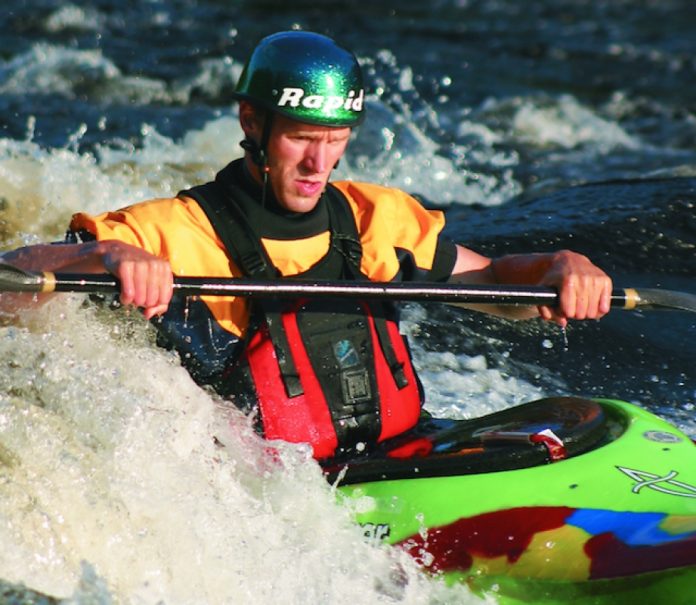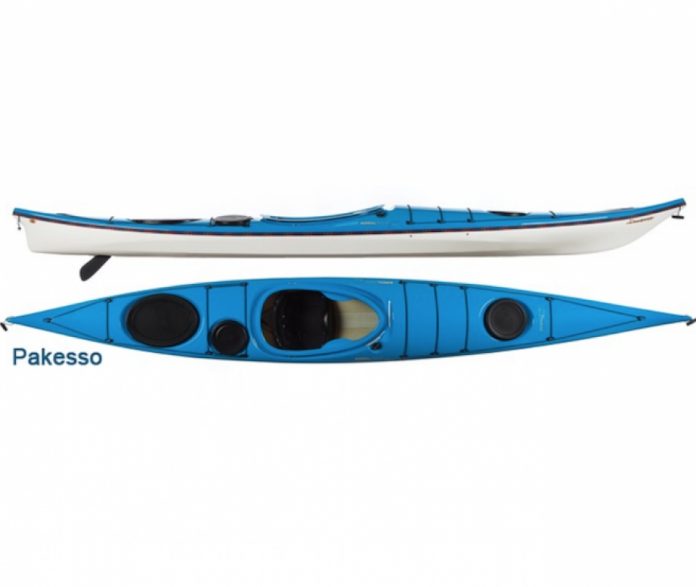Have you been using the telephoto zoom lens that came packaged with your camera for all of your photography? Although this lens allows you to shoot around camp and draw in elusive wildlife, it tends to produce a certain sameness or lack of variety. A wide angle lens can be a great addition to your camera bag to expand your horizons (pun intended) and open up a whole new world of creativity. Wide angle lenses offer an increased field of view and an increased depth of field, however, as with anything in life, you need to know how to use these features in order to maximize performance and obtain the best possible results.
Before discussing techniques, let’s talk tools. A 50mm lens, often called a normal lens, takes in about the same field of view and magnification as normal eyesight. Technically speaking any lens with a focal length less than 50mm is a wide angle lens. Technically this is true, but most photographers consider wide angle to be anywhere from 35mm all the way down to the super-wide angle 15 or 16 mm lenses. These lenses are available as fixed focal lengths, which are usually less expensive, but not as versatile as zoom lens combina- tions such as 18-35 mm. Generally speaking, the 24 to 28 mm range is commonly used for landscapes, providing a wide range of view with little distortion at the edges of the frame (more on that later). Moving down to lenses in the 17 to 21 mm range offers a huge jump in the amount of land- scape included in the frame, but the likelihood of distortion of the image increases.
The most common reason people buy wide angle lenses is to simply jam a whole lot more scenery into the frame. While it’s true you can get most of the Grand Canyon in one image, there is a more effective way of getting the most from these lenses. Wide angle lenses emphasize large sweeping panoramas and therefore you desper- ately need subject matter in the immediate fore- ground to draw the viewer into the frame. Because wide angle lenses have such a large field of view, any subject in the middle foreground tends to look pushed back towards the horizon. To overcome this and make your photos more interesting, get really close to your subject and then get even one step closer!
Let’s look at the kayaker shot. Although I am only two to three feet from the paddler, using a 20mm lens, I can include most of the boat, the sur- rounding reeds, and the lake spreading out to the horizon. This is a good example of getting much closer to your subject than would normally feel comfortable. If I had been 10 or 15 ft away, the kayak would have been pushed into the back- ground; it would have lost its effectiveness as a design element (drawing you into the scene) and the foreground would have been empty and uninteresting. It will take some getting used to, but the fun in using a wide angle lens is getting up close and personal.
Another great advantage of wide angle lenses is the amazing depth of field. Depth of field is camera speak meaning how much of the photo is in focus. For example, the large telephoto lenses used in sports photography have a very shallow depth of field. This means that only the focal point, say the athlete’s face, and a very small area in front and behind are in focus—6 to 12 inches with a 600mm lens. Conversely, using wide angle lens- es would give you 3 to 4 feet of sharp focus. Combine this inherent depth of field advantage with an ƒstop of ƒ11 or ƒ16 and you will have photos that are in focus from the near foreground all the way to the horizon.
Notice in the meadow and mountain image, the wildflowers only two feet from the camera are in focus as well as Mt. Robson several kilometres away. With everything in focus it allowed me to use the line of colour of the flowers to lead the eye across the meadow to the distant peak.
The incredible depth of field offered by wide angle lenses brings almost the entire frame into focus and produces an image that is more restful for the human eye. The natural tendency for our eyes is to quickly search for areas of sharpness to rest upon. Once the brain realizes that everything is in focus it relaxes and is free to wander through the frame.
With this enhanced sharpness notice how you are able to see detail in the red kayak as well as the sweeping expanse of the red granite of Georgian Bay in the distance. Also notice how easy it is for your eyes to move comfortably back and forth from foreground to background taking in all the details of the scene.
Try thinking of your lenses as tools to construct your photos. Your telephoto lens is great for focusing on only the subject, eliminating much of the surroundings. A wide angle excels at inclusion and gives your subject a sense of place in its natural surroundings. By adding a wide angle lens to your toolbox and using good technique you will add a new dynamic to your images.
Wide Angle Lens Tips:
- Due to the optics of the lens, straight-line objects such as paddles, fence posts and telephone poles on the edge of the viewfinder may get warped or distorted. Try to keep these objects away from the edges of the frame when composing the shot. Although, sometimes a lit- tle warpage can make some scenes more interesting.
- Ensure your flash will cover a wide angle field of view. Many built-in pop up flash units will only cover a field of view for a 28mm lens.
- The front lens element or glass of a wide angle is quite large so it is crucial that you use the proper lens hood to avoid lens flare in your photos. On 20 mm and lower lenses, the front element protrudes slightly so attaching a UV fil- ter will provide some protection against scratches.
- Go to a good camera shop and play with different lenses on your camera before you buy. This gives you a sense of how close to your subject you have to be and shows you how great an area these lenses take in. Even better, borrow or rent a few different wide angle lenses for your next paddling trip to see which provides the most pleasing results.
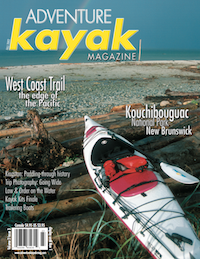 This article first appeared in the Fall 2002 issue of Adventure Kayak Magazine. For more great content, subscribe to Adventure Kayak’s print and digital editions here.
This article first appeared in the Fall 2002 issue of Adventure Kayak Magazine. For more great content, subscribe to Adventure Kayak’s print and digital editions here.



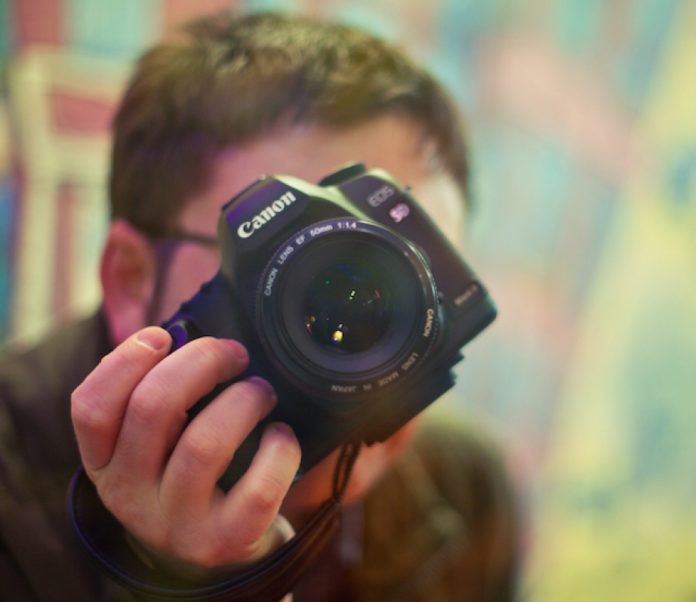

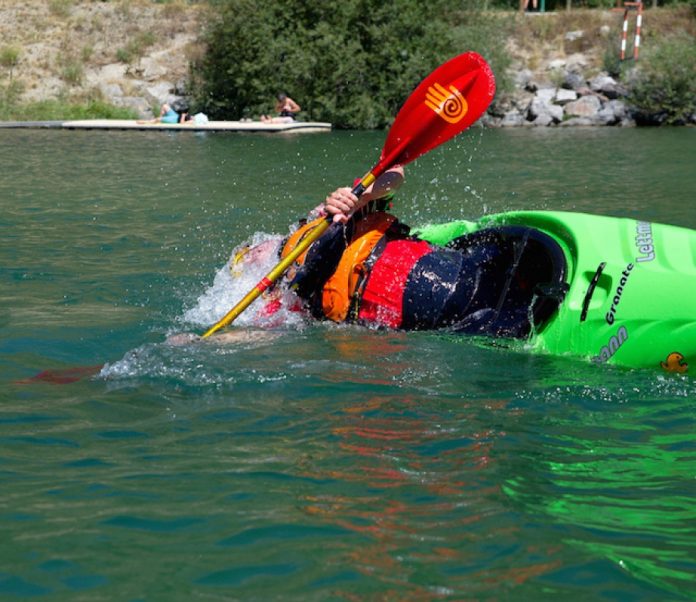

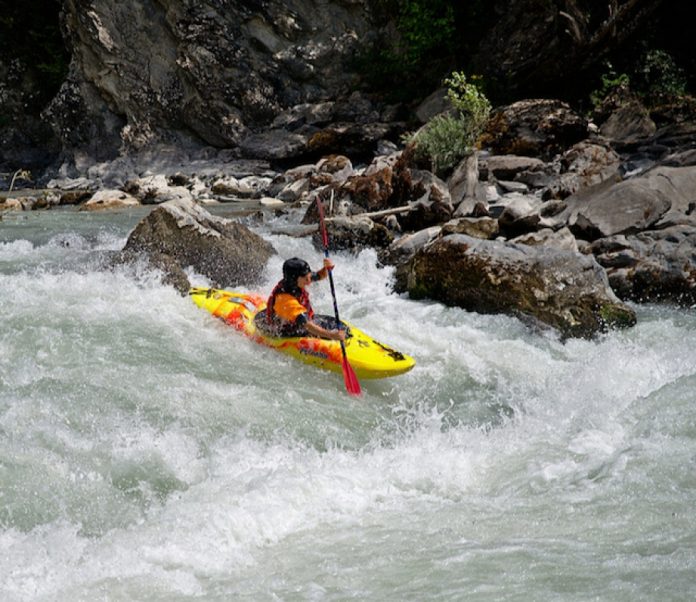
 This article first appeared in the Fall 2002 issue of Rapid Magazine.
This article first appeared in the Fall 2002 issue of Rapid Magazine.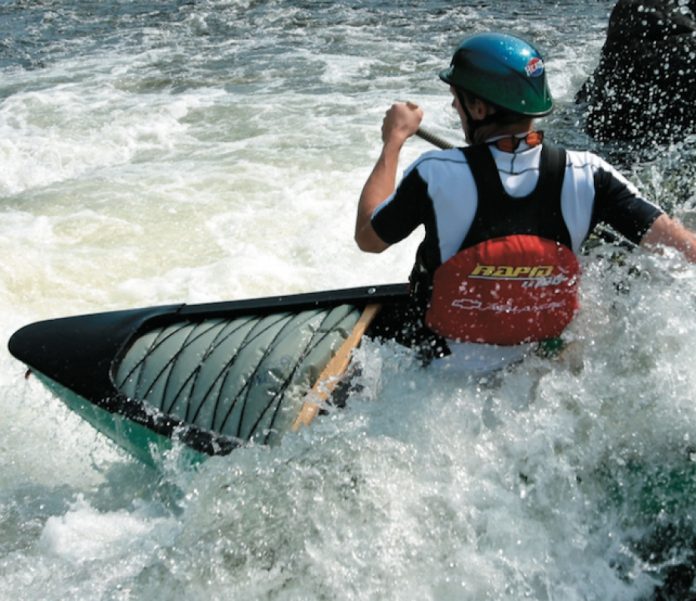
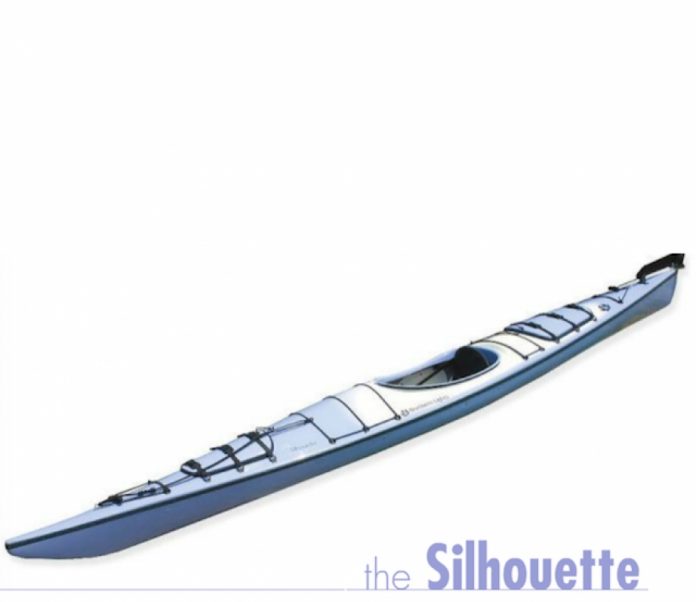
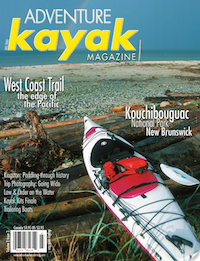 This article first appeared in the Fall 2002 issue of Adventure Kayak magazine. For more boat reviews, subscribe to Adventure Kayak’s print and digital editions
This article first appeared in the Fall 2002 issue of Adventure Kayak magazine. For more boat reviews, subscribe to Adventure Kayak’s print and digital editions 
 This article first appeared in the Fall 2002 issue of Adventure Kayak magazine. For more boat reviews, subscribe to Adventure Kayak’s print and digital editions
This article first appeared in the Fall 2002 issue of Adventure Kayak magazine. For more boat reviews, subscribe to Adventure Kayak’s print and digital editions 